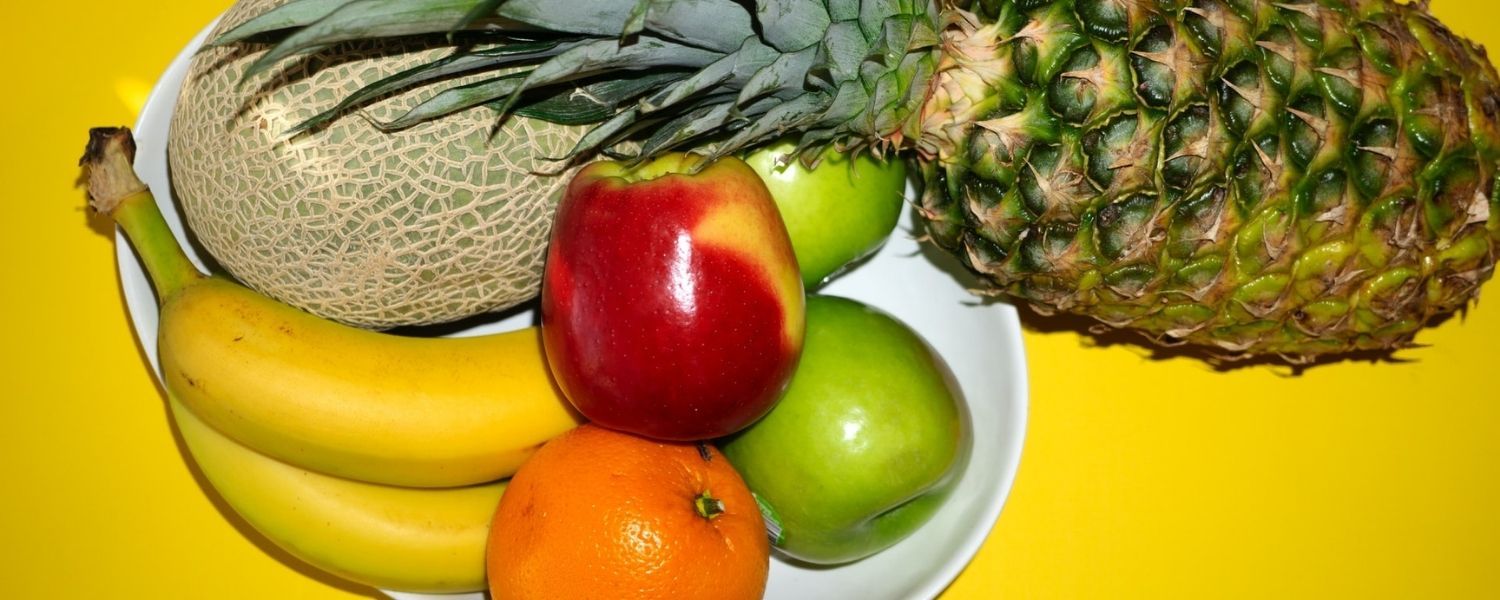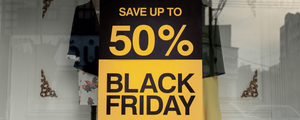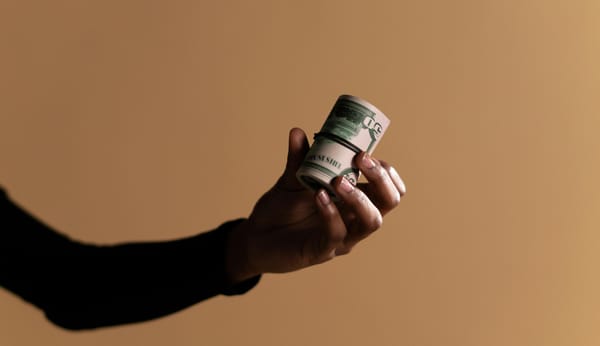Imagine a bowl of Granny Smiths and Valencias. It's really easy to know which is which – the apples are green, the Valencias are orange and they have slightly different shapes.
When you're looking at investment products – one offering, say, 5% and another promising 10% (but "T&Cs apply") – it's not so easy to understand how and why they differ and what all the fine print means.
After all, why wouldn't you always go for the higher rate of return?
Most people understand that you have to take some risk to get better returns. Higher returns are what you may get for taking on the extra risk – provided things don't go pear-shaped (to continue the fruit theme).
Many investments are risky and there are so many different products. Who do you believe? What is safe and what's not? Is the product with the lower rate of return always safer?
And anyway, playing it safe has its own "cost." In the longer term, the difference between 5% per year and 10% per year is huge – at 10% your money will double in less than 7.5 years, at 5% it's going to take nearly twice as long. Another 7 years to get the same result is a massive time cost. (See A Coffee A Day to read how R500/month can turn into R300,000 in just 10 years.)
Which brings us to the question: are there ways to simplify the choice of investment products?
What are the broad principles you need to know to successfully navigate the myriad of products and options without first doing a university degree in finance?
While it's not always easy, there are three key things that help us to categorise and understand financial products:
- Firstly, distinguishing risk assets from risk-free assets;
- Secondly, knowing the difference between estimated or "projected" returns, variable returns, and guaranteed or "fixed" returns; and
- Thirdly, understanding the main ways that rates-of-return are quoted.
Risk-Free Assets and Risk Assets
A risk-free asset is one where there is no chance of losing any of your capital (the money that you invest). If you put in R1,000, you're never going to have less than R1,000.
Risk assets, on the other hand, are assets that fluctuate in value. With a risk asset, there is a possibility of a reduction in capital – of ending up with less money than you invested in the first place. R1,000 could turn into R900 or R750 or even less.
How do you tell these apart?
Most risk-free investment products are products that pay interest, like ordinary savings accounts and fixed deposits. With risk-free assets the growth comes from the interest being paid – the interest is the only source of investment returns. (Read more on interest rates)
The category of 'risk assets' is very broad, but for our purposes the main examples are shares and related financial instruments (like equity unit trusts and exchange traded funds) and property.
With risk assets the growth usually comes from a combination of income flow (interest, dividends or rentals) and changes in the value of the asset (like fluctuations in share prices or property values).
Estimated, Variable and Guaranteed Returns
The returns (or growth) quoted for financial products usually includes both income flows and the effects of price changes (where applicable). But, confusingly, some products are quoting what you will get and some what you would have got (which may or may not have the slightest bearing on what you will get).
With risk assets, any percentages you see are either returns that happened in the past (and the fine print always says that "past performance is no guarantee of future performance") or estimates of what could happen in the future (and there's always more fine print that says "the value of your investment could go up or down").
Clearly, this is a "variable" return environment – there are no guarantees.
Many interest-rate products – although they are risk-free – are also variable return products. The interest rate on a savings account fluctuates, which means the rate the bank is offering today will change over time. But your money can't go down in value because there is no "price" component (besides pesky bank fees!).
Very few products offer guaranteed returns. Fixed deposits are the most notable example. These products offer a higher interest rate if you lock up your money with the bank for a defined period.
With a fixed deposit, the rate-of-return quoted is a commitment by the bank to pay that rate of interest. This is not true of most other financial products.
Annualised and "Total" Return Figures
When comparing financial products, it's very important to understand percentages.
Make sure that all the percentages you look at are "annualised." If it doesn't say "per annum" or "per year" the product may be quoting the "total" return over a period.
A product advert that says "expected growth 50% in 5 years," for example, is telling you that R1,000 can grow to R1,500 over 5 years.
That's the equivalent of just over 8% per year – which is not a bad rate-of-return, but it doesn't sound as impressive as 50%.
Knowing that the annualised return is around 8% makes it easier to compare with other products. Like fixed deposits offering 10% per annum, for example. Or the share market long-term rate-of-return, which has averaged about 14% over the last 20 years.
Now that you understand the basics make sure to read part 2 next week where you'll learn how to use these three principles to help you in your investments.







![How & Why You Should Do a Financial Reset [+ downloadable financial reset journal]](/blog/content/images/size/w600/2024/12/Setting-goals-for-the-year.png)


